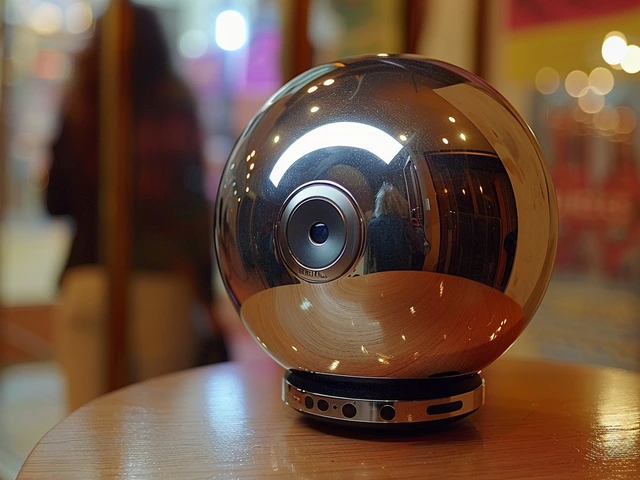Ovulation Basics: What It Is and Why It Matters
Ovulation is the day your body releases an egg. If the egg meets sperm, pregnancy can happen. Knowing when you ovulate helps you plan a pregnancy or avoid one. It also tells you a lot about your overall health, because a regular cycle means your hormones are working together.
Spotting Ovulation Signs
The easiest way to guess ovulation is to watch for changes in your body. A few common clues include:
- Cervical mucus: Around ovulation, mucus becomes clear, stretchy, and slippery—like raw egg whites. This type of mucus helps sperm swim.
- Basal body temperature (BBT): Your temperature drops slightly right before ovulation and rises a bit after. A cheap digital thermometer can record this each morning.
- Mid‑cycle pain: Some people feel a mild twinge on one side of the lower belly. It’s called mittelschmerz and usually lasts a few hours.
- Increased libido: Hormones surge, so you might notice a spike in desire.
These signals vary from person to person, but tracking a few of them gives you a clearer picture of when you’re most fertile.
Easy Ways to Track Ovulation
If you want more accuracy, try one of these tools:
- Ovulation predictor kits (OPKs): These strips test the surge of luteinizing hormone (LH) in urine. A positive line means you’ll likely ovulate in the next 24‑36 hours.
- Smartphone apps: Many free apps let you log periods, BBT, and symptoms. They calculate a fertile window based on the data you enter.
- Calendar method: Write down the first day of your period for a few months. Most cycles are 28 days, so ovulation often lands around day 14, but adjust for your own pattern.
- Wearable devices: Some fitness trackers monitor heart rate variability and skin temperature, which can hint at ovulation.
Combine a couple of methods for the best results. For example, use an app to record your cycle and confirm with an OPK when the test shows a surge.
Having a regular tracking routine also helps you spot problems early. If you never see fertile mucus, your temperature never shifts, or OPKs stay negative, talk to a health professional. Issues like hormonal imbalance or polycystic ovary syndrome (PCOS) can affect ovulation.
Remember, ovulation isn’t a fixed date for everyone. Stress, travel, illness, and big changes in routine can shift it a few days forward or back. That’s why paying attention to daily signals matters more than relying on a single calendar date.
Finally, keep it simple. You don’t need every high‑tech gadget. A few minutes each morning to check temperature, a quick look at cervical mucus, and an occasional OPK can give you reliable information. Use that knowledge to plan intercourse if you’re trying to conceive, or use reliable contraception if you want to avoid pregnancy during your fertile window.
Understanding ovulation puts you in control of your reproductive health. Whether you’re hoping for a baby, managing a condition, or just curious about your body, tracking ovulation is a practical, doable step you can start today.






